39 how to read food labels sugar
How to read labels for added sugar - That Sugar Movement Words ending in '-ose' like glucose, fructose, dextrose or sucrose that are listed on a label are added sugars. Note: if they are naturally occurring, like glucose in whole fruit, it won't be listed as an ingredient. Three: Remember that 4g = 1 teaspoon of sugar Understanding food labels - Action on Sugar HOW MUCH SUGAR IS IN YOUR FOOD/DRINK? Step 1 - Calculate amount of sugars per gram by dividing the amount of sugars per 100g OR 100ml by 100. Step 2 - Check the weight of a recommended portion as stated on the pack. Step 3 - Work out the amount of there is per portion by multiplying the figures from step 1 and 2.
Decoding Diabetes: How to Read Nutrition Labels | Accu-Chek Nutrition labels are typically made based on the assumption that you have a daily diet of 2,000 calories (kilocalories). Some labels will have a footnote that expand on this concept, providing numbers for both 2,000 and 2,500-calorie (kilocalorie) diets. In between the line on a nutritional label for calories (kilocalories) and the footnote at ...

How to read food labels sugar
How to Read a Label - Natural Sugar versus Added Sugar Food labels lump together all forms of sugar under Carbohydrates. There are two forms of sugar in the food we eat. There is *natural sugar* in fruits and even vegetables called fructose and in dairy products called lactose - then there are ADDED sugars - white, brown or powdered sugar as well as high fructose corn syrup, maple syrup or honey in ... How to Read Food Labels and Understand Sugar Content - yum. Gluten Free The NIP on a label shows the amount of certain nutrients found in a stated amount of the product. These nutrients include energy, protein, fat (total and saturated), carbohydrate (total and sugars) and sodium. There may be further categories and/or subset of these categories, for example, 'sugars' is a subset of 'carbohydrates'. How to understand food labels | Eat For Health Sometimes labels will include nutrition content claims like 'low fat', 'reduced salt' or 'high fibre'. These claims can only be used if the food meets certain criteria. For example, with a 'good source of calcium' claim, the food must contain more than a set amount of calcium. While nutrition content claims can generally guide ...
How to read food labels sugar. How to Understand and Use the Nutrition Facts Label - FDA Added Sugars on the Nutrition Facts label include sugars that are added during the processing of foods (such as sucrose or dextrose), foods packaged as sweeteners (such as table sugar), sugars from... Reading food labels: Tips if you have diabetes - Mayo Clinic If your meal plan is based on carbohydrate counting, food labels become an essential tool. Look at total carbohydrates, not just sugar. Evaluate the grams of total carbohydrates — which include sugar, such as added sugars; complex carbohydrates; and fiber — rather than only the grams of sugar. Added Sugars on the New Nutrition Facts Label | FDA Single-Ingredient Sugars and Syrups Sample Label Let the Nutrition Facts Label Be Your Guide The new Nutrition Facts label can help you compare and choose foods that are lower in added sugars.... Food Labels | CDC - Centers for Disease Control and Prevention If you eat the whole thing, you are eating 8 times the amount of calories, carbs, fat, etc., shown on the label. Total Carbohydrate shows you types of carbs in the food, including sugar and fiber. Choose foods with more fiber, vitamins, and minerals. Choose foods with lower calories, saturated fat, sodium, and added sugars. Avoid trans fat.
Fats, sugar, carbs: How to read a food label (and seven ... - Good Food Foods that are less than 10 per cent sugars or that contain less than 5 grams of added sugars are considered low-sugar foods but keep in mind that fresh fruits and dairy also contain some naturally occurring sugars. For this reason, looking for foods with "no added sugars" can be helpful in making healthier dietary choices. What about the carbs? Understanding food labels | Diabetes UK The labels show how many calories are in the food or drink and are also colour coded to show whether the food is low (green), medium (amber) or high (red) in fat, saturated fat, sugar and salt. The information on the front of the pack also tells you how the portion of the food contributes to the Reference Intake (RI) of an adult. How To Spot Sugar On Food Labels | HUNGRY FOR CHANGE Sugar Consumption Stats. The average American consumes at least 64 pounds of sugar per year, and the average teenage boy at least 109 pounds. Per capita consumption of added sugars has risen by 28 percent since 1983. Americans consume 22 teaspoons of added sugars a day, teens 34 teaspoons. Reading Food Labels | ADA - American Diabetes Association The Nutrition Facts labels on foods are really the key to making the best choices. We'll cover the basics so that these labels make shopping easier for you. Get started Understanding Carbs You've heard it all. From carb-free to low-carb, to whole and empty carbs, it's hard to know what it all means. Learn more Food & Blood Sugar
Sugar Alcohols on Nutrition Labels - ReciPal The sugar alcohol field is towards the bottom after the optional vitamins. The sugar alcohol field is at the bottom of the ingredient form. If you know you have ingredients with sugar alcohols in them, take some time to update them. When You Need to Show Sugar Alcohol For U.S. (FDA) labels, showing sugar alcohol is normally voluntary. How To Read Food labels for Sugar On the label check the sugars in the nutrition panel. 5g/ml or less of sugar per 100g/ml = this would count as low sugar content. It means 5% of the ingredients are sugar Between 5g/ml and 20g/ml of sugar per 100 grams = medium sugar content. With 20ml of sugar per 100 ml, this means the product is 20% sugar…not so good. How to Read Nutrition Labels for Sugar - hekagoodfoods Along with these categories, you'll find two numbers for sugar: The number of grams of sugar. Keep in mind, one gram of sugar is roughly equivalent to 1/4 teaspoon of sugar. A percentage indicating how much of your recommended daily intake the item contains. Sneaky Sugars: How to read food labels - Natvia - 100% Natural Sweetener It's not always easy to work out what's hidden in the food you buy, especially when you're trying to steer clear of added sugars! We take a look at what's on the back of your packets. (image courtesy of ) Servings per package: The amount of servings is decided by the manufacturer, which means that they […]
How to read food labels | healthdirect In Australia, the law requires all manufactured foods to carry labels containing safety and nutrition information. This information helps you to make decisions about the food you buy and eat so you can follow a healthy diet. The label will tell you: the name of the product, describing accurately what it is. the brand name.
Food labels - NHS There are guidelines to tell you if a food is high in fat, saturated fat, salt, sugar or not. These are: Total fat High: more than 17.5g of fat per 100g Low: 3g of fat or less per 100g Saturated fat High: more than 5g of saturated fat per 100g Low: 1.5g of saturated fat or less per 100g Sugars High: more than 22.5g of total sugars per 100g
How to Read Food Labels Without Being Tricked - Healthline If you see any of these in the top spots on the ingredients lists — or several kinds throughout the list — then the product is high in added sugar. SUMMARY Sugar goes by various names — many of...
Understanding sugar content on food labels - Diabetes Care Community On a food label, the total amount of carbohydrate in grams is listed first. This number includes starch, sugars and fibre. Fibre does not raise blood sugar levels and should be subtracted from the total carbohydrate. Say, for example, one serving of food contains 36 grams of carbohydrate, which includes 6 grams of fibre.
Learning To Read Labels - Diabetes Education Online On a nutrition food label, subtract the fiber from the total carbohydrate amount. When you read food labels, the grams of sugar are already included in the total carbohydrate amount, so you do not need to count this sugar amount separately. The grams of sugar listed include both natural sugars, from fruit or milk, and added sugars.
Food label reading guide | Nutrition Australia Most food or drink packages have a Nutrition Information Panel (NIP) which tells you the quantity of various nutrients a product contains per serve and per 100g or 100 ml. The NIP will also provide information on the serve size and the number of servings per packet. When reading the NIP: • always read the per 100g column to compare similar ...
Reading Food Labels When You Have Diabetes - WebMD Being able to read and understand food and nutrition labels is essential, especially for those with diabetes. ... At least 25% less fat or sugar than the regular product. Cholesterol free: Less ...
How to Read a Food Label to Make Sure It's Keto in 3 Easy Steps Look for a brand that indicates "No Sugar Added". Read the ingredient list to verify. Pederson's brand with the No Sugar-Whole30 Approved seal is my personal choice. 2. Go to the butcher. You can find him in the grocery store by the meat section or at your local butcher shop. Ask him to cut you strips of pork belly, bacon style.
Sugars on food labels - Sugar Nutrition Resource Centre The Nutrient Information Panel on the back of the pack, shows detailed information on the average amount of energy, protein, fat, saturated fat, carbohydrate, sugars and sodium (a component of salt) in the food, as well as any other claim that requires nutrition information. It shows this information in a serve and also in 100ml (liquid) or 100 ...
How To Read Food and Beverage Labels - National Institute on Aging "Best if used by" (or "best if used before") tells how long the item will have the best flavor or quality. None of these dates tell you when an item is no longer safe to eat or drink. In fact, product dates are not required by federal regulations and are added voluntarily by manufacturers. Learn more about food safety and older adults.
How to understand food labels | Eat For Health Sometimes labels will include nutrition content claims like 'low fat', 'reduced salt' or 'high fibre'. These claims can only be used if the food meets certain criteria. For example, with a 'good source of calcium' claim, the food must contain more than a set amount of calcium. While nutrition content claims can generally guide ...
How to Read Food Labels and Understand Sugar Content - yum. Gluten Free The NIP on a label shows the amount of certain nutrients found in a stated amount of the product. These nutrients include energy, protein, fat (total and saturated), carbohydrate (total and sugars) and sodium. There may be further categories and/or subset of these categories, for example, 'sugars' is a subset of 'carbohydrates'.
How to Read a Label - Natural Sugar versus Added Sugar Food labels lump together all forms of sugar under Carbohydrates. There are two forms of sugar in the food we eat. There is *natural sugar* in fruits and even vegetables called fructose and in dairy products called lactose - then there are ADDED sugars - white, brown or powdered sugar as well as high fructose corn syrup, maple syrup or honey in ...
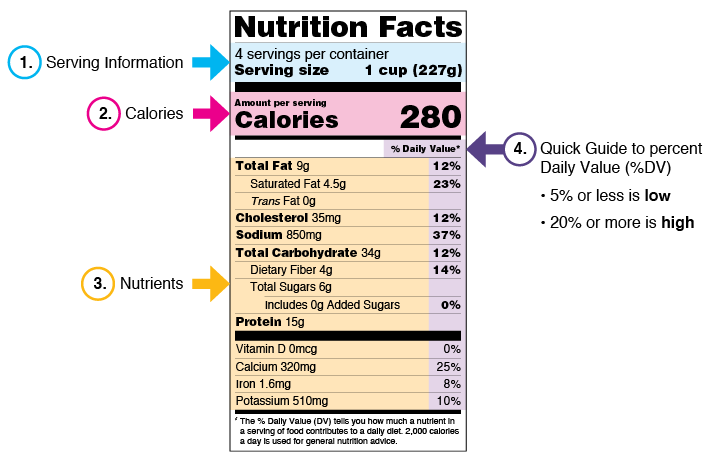
![How To Read Nutrition Labels Like a Dietitian [Infographic]](https://www.stlukeshealth.org/content/dam/stlukeshealth/images/CHITX-21-160084-NNM-ProcessedFood-InfoG-1080X1350-R2.png)

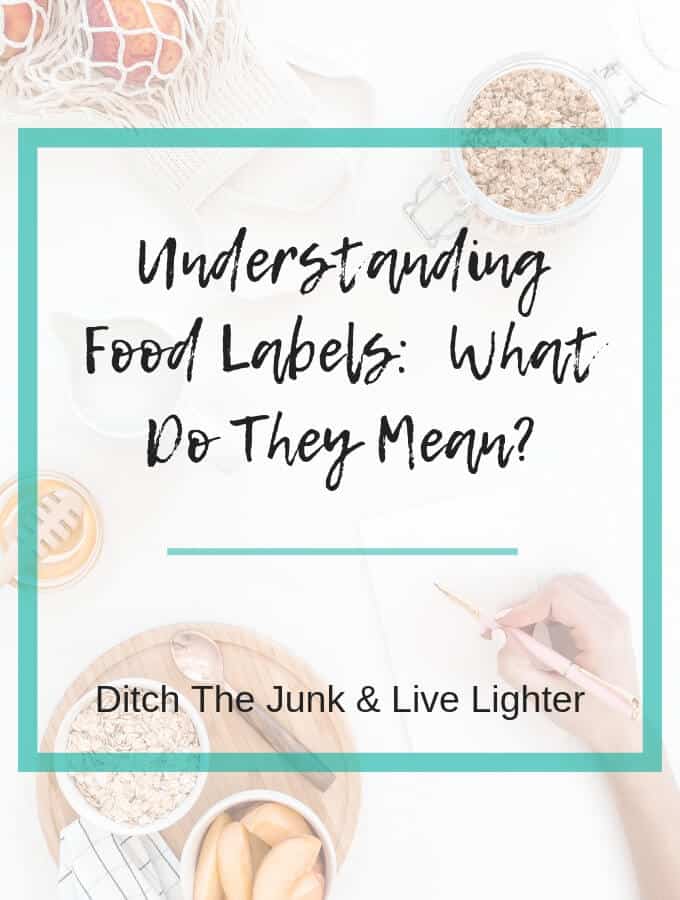

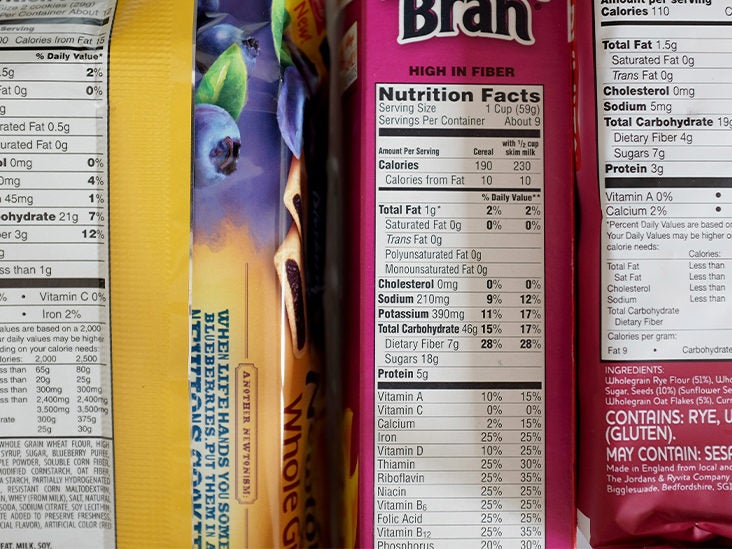




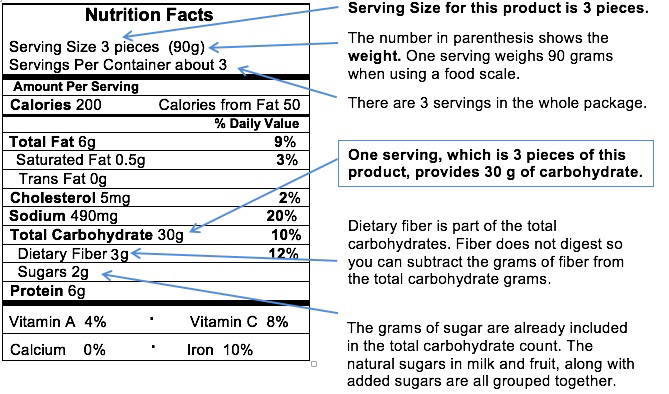




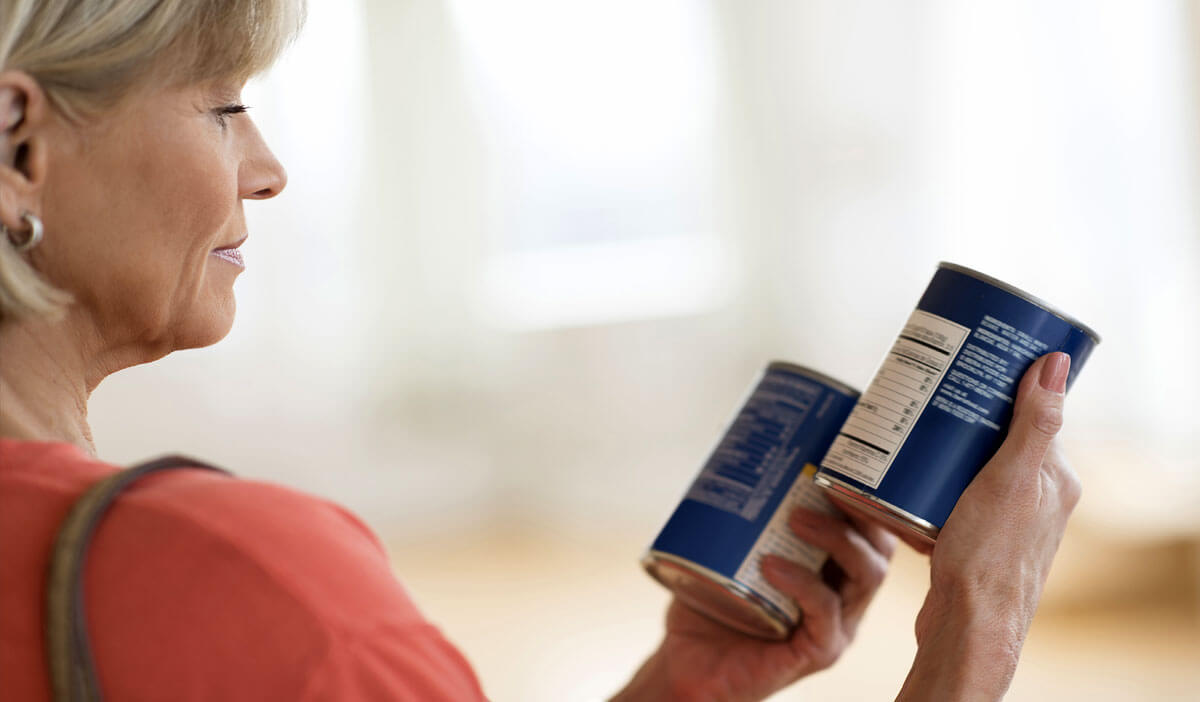










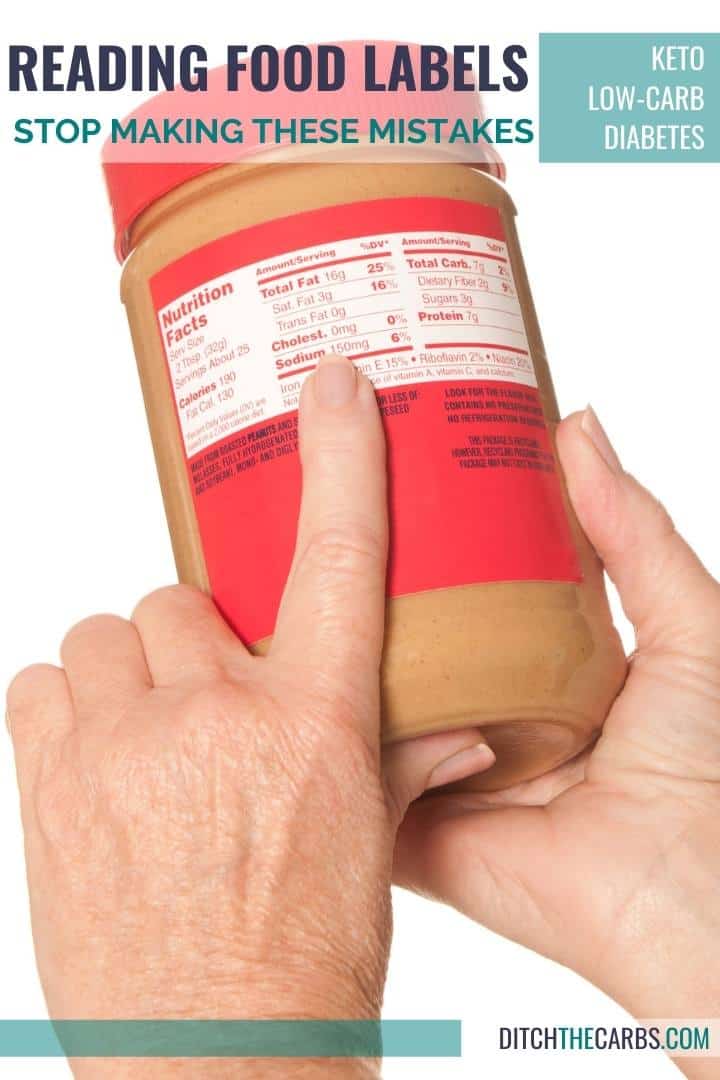

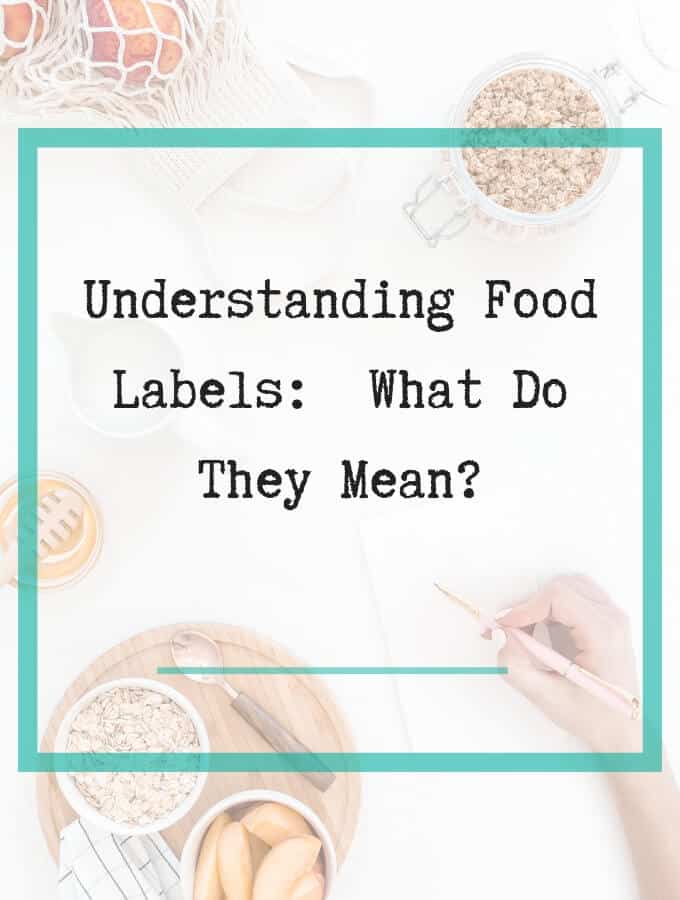
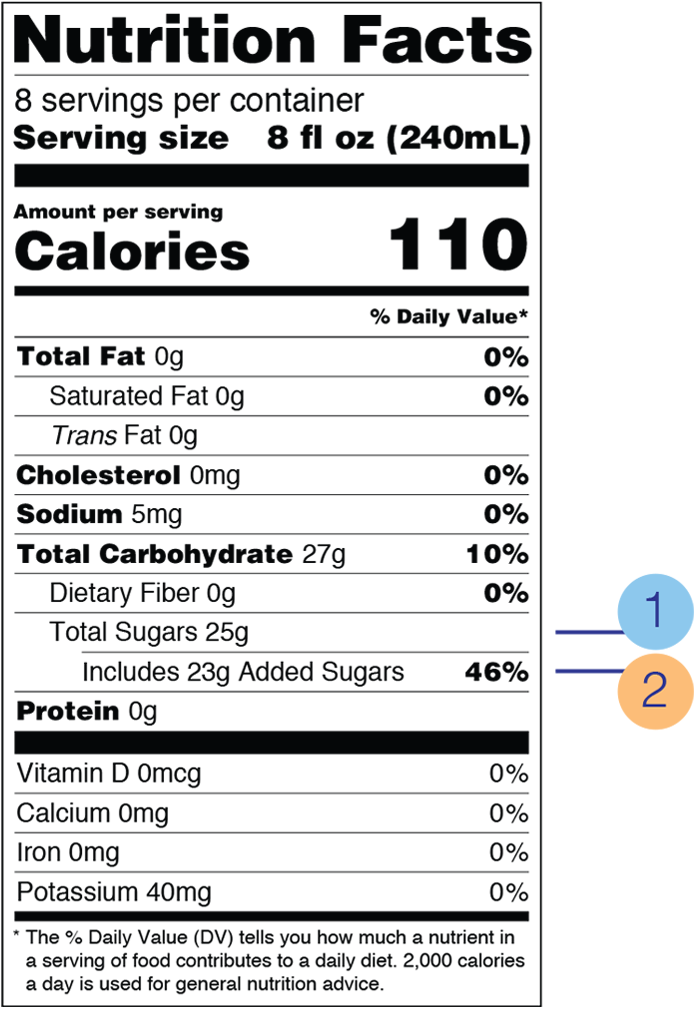





Post a Comment for "39 how to read food labels sugar"